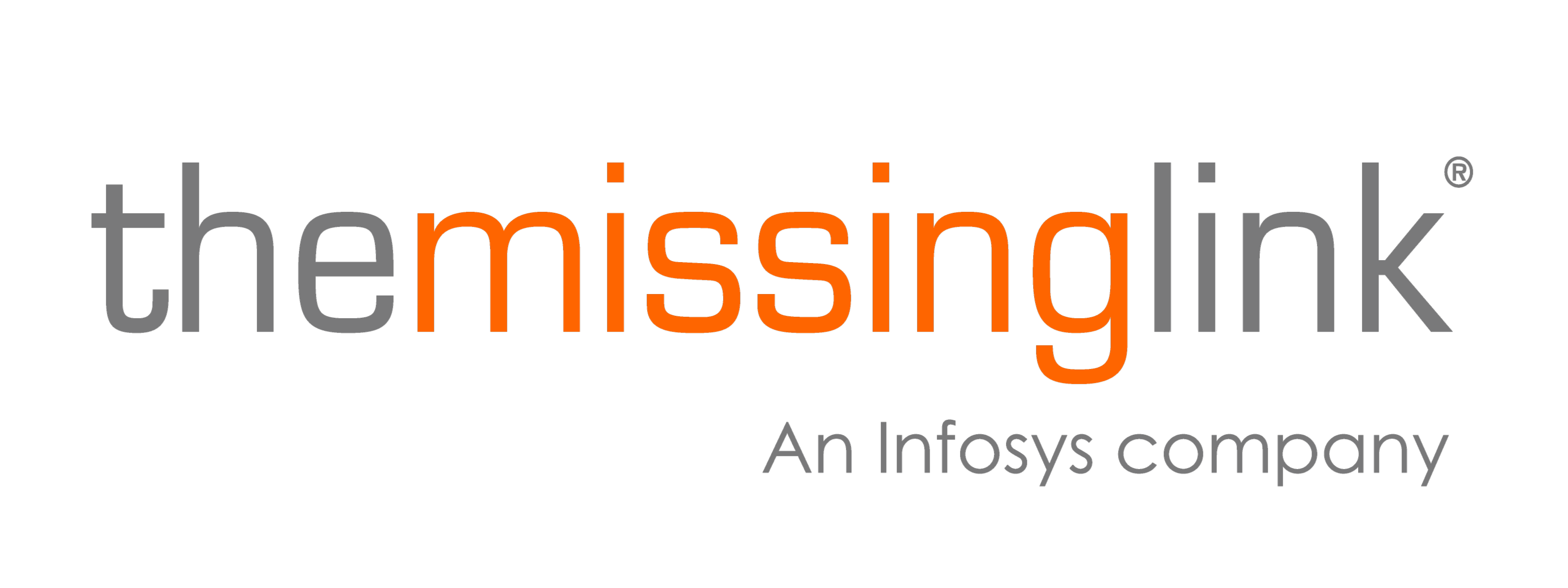Endpoint Detection & Response (EDR)
Rating:
N/A
Score: 0/20
It appears that you do not currently have an Endpoint Security strategy. There is a high probability that your workforce is working remotely, and as a result, the corporate network stretches from the office to people's homes. Often, organisations will not monitor or restrict employee's browsing behaviour under these conditions. This means that businesses need to extend their security tooling to wherever their users are, not just the office. An effective Endpoint Security strategy is the cornerstone of protecting your users, regardless of their location.
It appears you have some of the foundational elements of an effective Endpoint Security strategy in place. However, it does look like some other key areas are missing. An optimised Endpoint Security strategy should provide complete visibility of all of your organisation's endpoints irrespective of operating system or location. An effective EDR solution uses both signature-based and behavioural-based methods to detect malicious files within the file system or in memory. In addition, the solution should provide a detailed root-cause analysis of the malware execution and be able to use it to find evidence of the malware elsewhere amongst your fleet. Finally, Extended Detection and Response (XDR) technology can broaden the scope of the solution's analysis capabilities beyond endpoints by providing cross-platform integration with other monitored security toolsets such as your SIEM, IDAM, Web and Email Gateways.
It appears you are starting to build the foundations of an effective Endpoint Security strategy. However, it looks like some key elements are missing that will cement your security posture. An optimised Endpoint Security strategy should provide complete visibility of all endpoints within your organisation, irrespective of operating system or location. An effective EDR solution uses both signature-based and behavioural-based methods to detect malicious files within the file system or in memory. In addition, the solution should provide a detailed root-cause analysis of the malware execution and be able to use it to find evidence of the malware elsewhere amongst your fleet. Finally, Extended Detection and Response (XDR) technology can broaden the scope of the solution's analysis capabilities beyond endpoints by providing cross-platform integration with other monitored security toolsets such as your SIEM, IDAM, Web and Email Gateways.
Your Endpoint Security strategy appears to be quite effective. However, there may still be some areas that you are missing that allow you to maximise your security posture. An optimised Endpoint Security strategy should provide complete visibility of all endpoints within your organisation, irrespective of operating system or location. An effective EDR solution uses both signature-based and behavioural-based methods to detect malicious files within the file system or in memory. In addition, the solution should provide a detailed root-cause analysis of the malware execution and be able to use it to find evidence of the malware elsewhere amongst your fleet. Finally, Extended Detection and Response (XDR) technology can broaden the scope of the solution's analysis capabilities beyond endpoints by providing cross-platform integration with other monitored security toolsets such your SIEM, IDAM, Web and Email Gateways.
You appear to have a comprehensive Endpoint Security strategy that allows you to detect and respond to a complete set of endpoint-based threats in real-time. The technology is integrated with another security tooling to provide the best possible detection and response capability. Additionally, this technology is likely to be monitored and managed by a knowledgeable team who are specialists with the technology and will ensure that you are protected round the clock.
